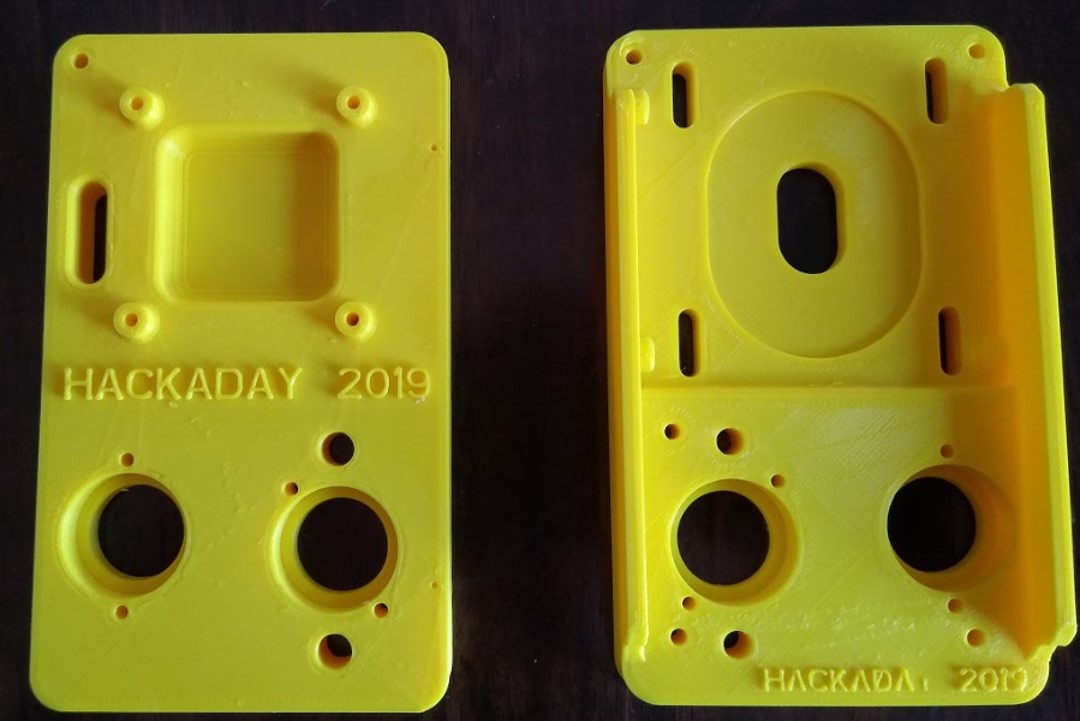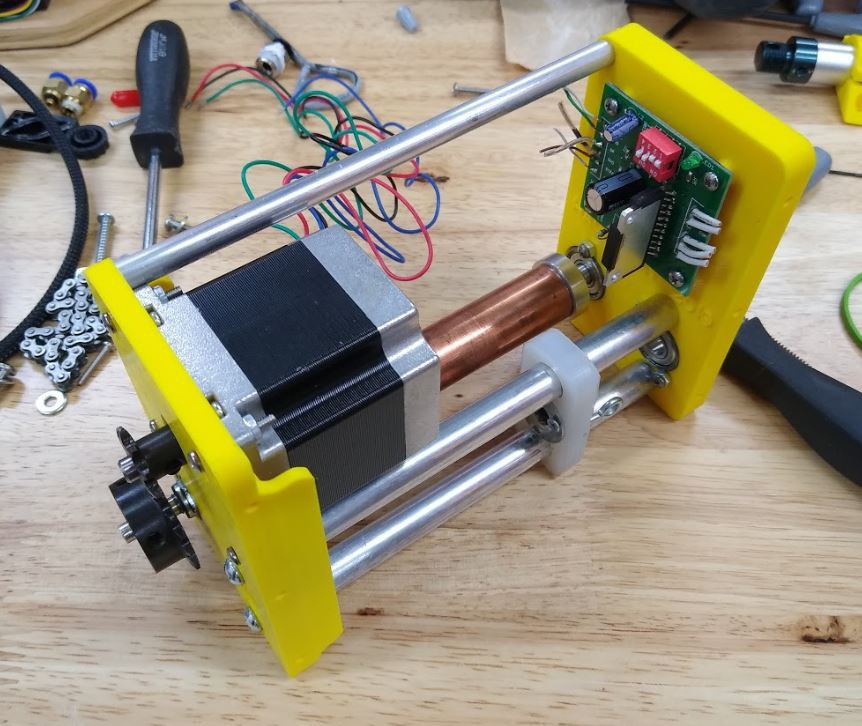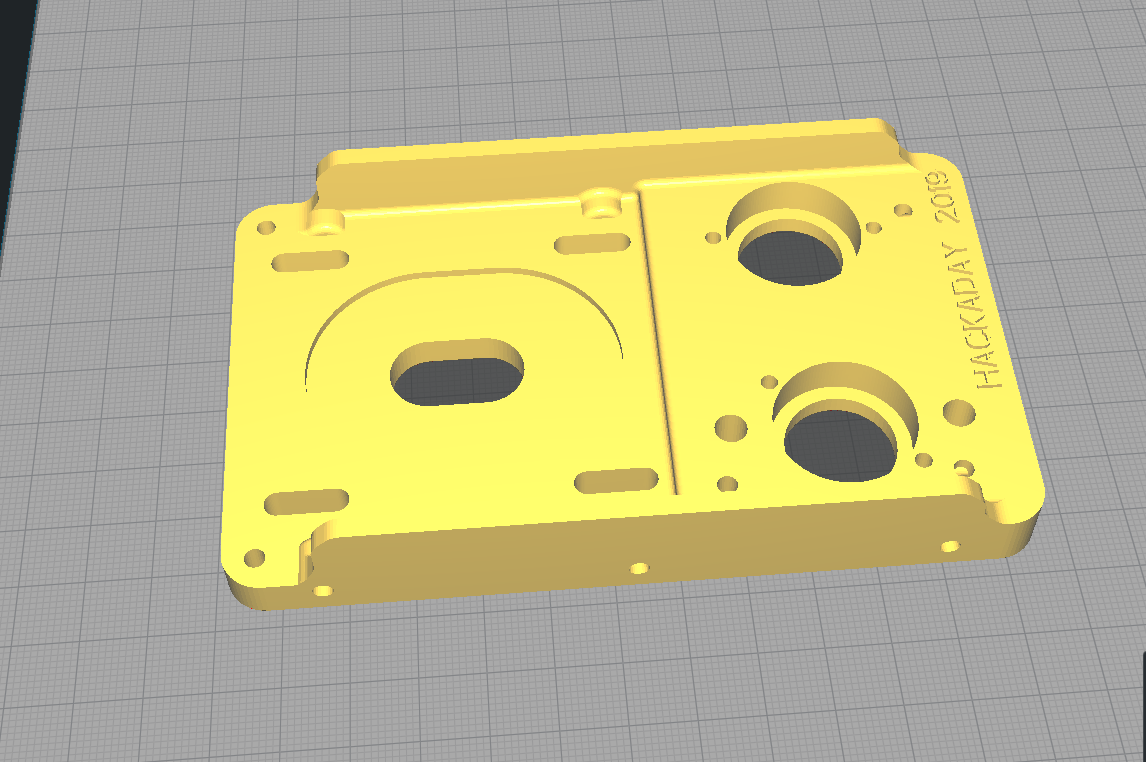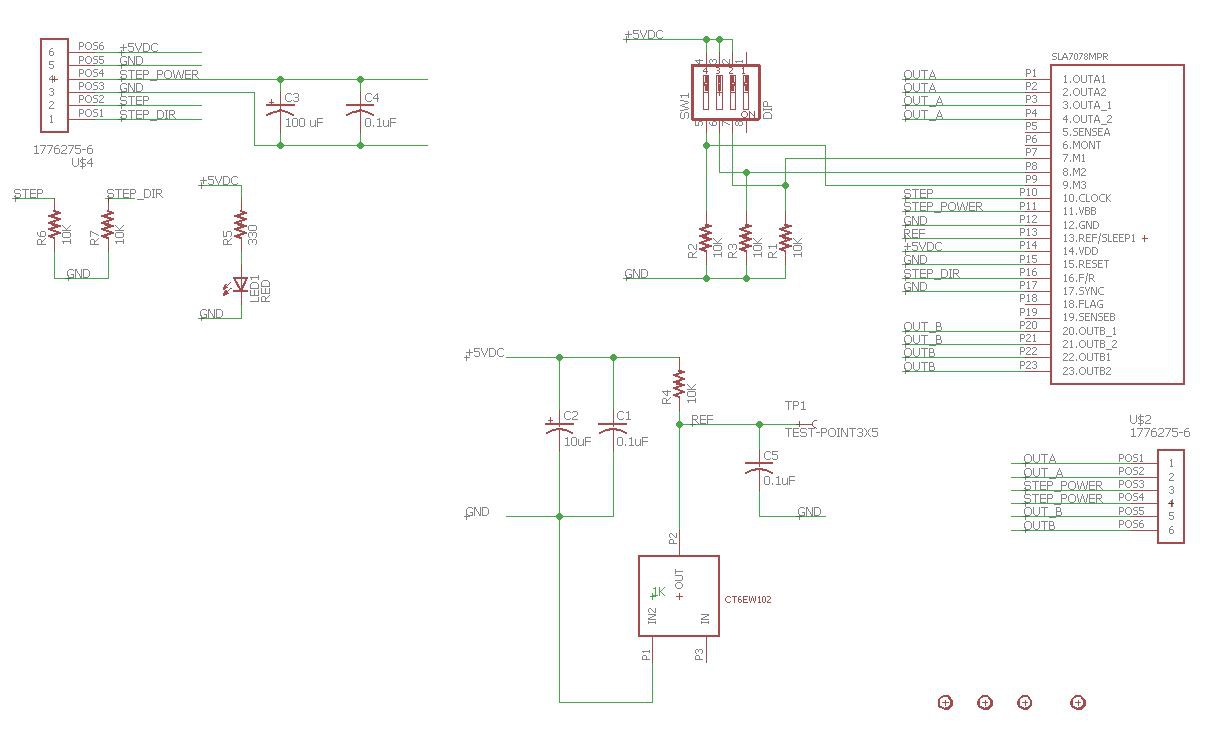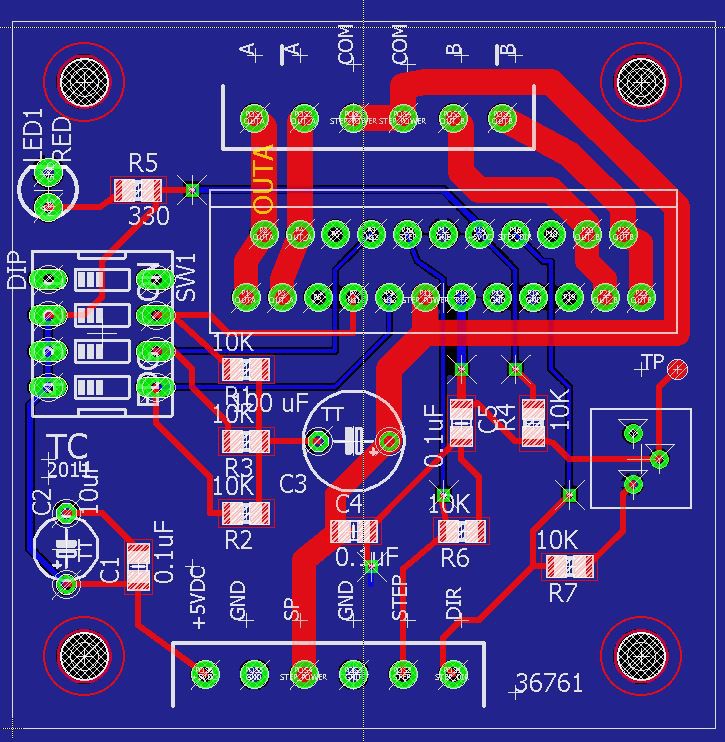-
3D Printed Parts
09/01/2019 at 15:41 • 0 commentsGot the parts off the printer the other night and they turned out well. These pieces are the end caps of the cable actuator.
![]()
Here is a shot of the first fit up of the parts and the assembly.
There was a comment about the heat generated by the steppers, so this is something that I will keep an eye on. The plastic is just PLA so not very heat tolerant.
-
Applications of Cable Robots
08/22/2019 at 20:37 • 1 commentCable robots have some pretty neat abilities, but we don't see them everywhere in our daily lives. Some of pitfalls are that large work areas require high angles in order to keep the cable tensions low enough. For example if you wanted to cover the size of a football field, then you need a pretty tall tower on each corner to allow for high enough cable angles.
That brings me to the concept of using them underwater.....
There are numerous articles out there about coral reefs that are dying or already dead, we have invasive species of weeds that infiltrate our fresh water lakes (for example Eurasian mil foil) , and we have large dead zones in our oceans (Gulf of Mexico, Mississippi delta). Underwater applications can use buoyancy to offset payload weight, thus don't require such high angles. The advantage of the cable robot is then you have solid idea of where it is at, (underwater positioning is not trivial, we are spoiled by GPS on land), and the actuators can remain above the water line for service.
Maybe we see cable robots in the future farming and creating coral reefs. Maybe they identify and chemically treat invasive specifies in our lakes. Maybe they create life in dead zones by seeding tolerant lifeforms in lifeless areas.
They allow the ability to observe and to perform action.
I just wanted to throw this out there to see if it spurs any additional outside of the box ideas. Looking for comments.....
-
3D Printed Parts
08/22/2019 at 20:21 • 2 commentsI finally had some time to modify the design to be 3D printed. Here is the first part that is being printed right now. This piece holds the stepper motors and bearings. More to come....
-
Electronics
08/21/2019 at 03:54 • 0 commentsI posted some pictures of the assembly of the cable actuator. Hopefully this week I will have a chance to do a little design work and create some 3D printed parts to replace the parts that I machined to make it more user friendly for people to make.
Here is the schematic for creating the 7078 stepper driver board.
And here is the PCB layout.
-
What Next?
08/05/2019 at 03:23 • 1 commentThe project has generated some excitement and there have been people asking about helping. It provokes the questions as to what are the next big steps in turning a cable robot into something more useful than a very cool way to pick up beer cans. So here are my thoughts on the next steps.
1. Going embedded: Right now I run the LinuxCNC software on a old desktop computer that I have from college. The reason why? Parallel port. I started looking at the marlin firmware for 3D printers sometime back, and would like to use to control the cable robot such that the computation could take place on the head. The goal would be a microcontroller dedicated to motion control, and then something like a Nvida Jetson or Raspberry pi for any AI or Camera work.
2. Everything is on head, meaning move all the motors, the controls, etc... to the head (head meaning the point where all the cables come together, the end effector). I think this makes things more practical. Basically the only other hardware is just hooks on a wall.
3. Servos: I want to play with servos. The thing that is cool about the cable robot is that you can scale the payload size. Meaning if you want to do some camera work you can use some pretty basic servo motors. Also as one comment noted, the encoder doesn't have to be on the motor. For example here is a cheap DC geared motor and a encoder that could be used to create a servo drive system. This requires just a basic brushed DC motor control.
-
Kinematics
07/18/2019 at 02:22 • 2 commentsOne of the key components of the cable robot is understanding the forward and inverse kinematics. Lucky for us there a great resource out there that already exists. For this robot I used emc2 which I use to control my CNC Mill and CNC router. That can be found at the following location -> EMC2 (now linuxcnc). Typically that software is used to control mills and lathes that are orthogonal in nature, XYZ style setups. However if you dig into it you find out that it supports different kinematics such as a cable robot. The real beauty resides in this file called tripodkins.c. If you want to make your head hurt a little you can try to derive it out, kind of fun.
Cable Robot
Using low cost parts to construct a cable robot with incredible capabilities.
 Tom
Tom